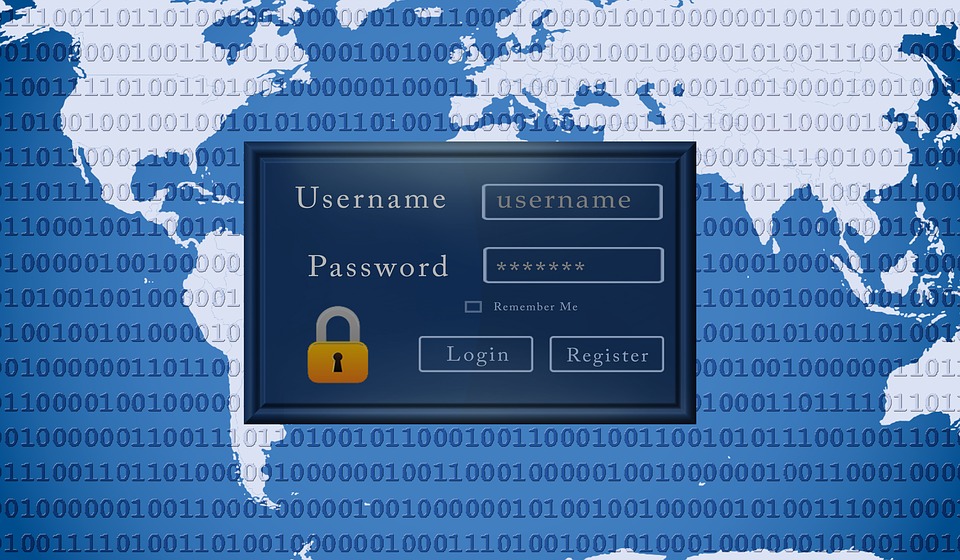As your organization grows, so too will your paperwork. And, you may not want to share every document with every employee. Moreover, you may be working with vendors and other business associates who need to travel or work remotely.
So, how can you ensure that your proprietary information and sensitive business documents are being accessed and shared judiciously? Here are the 10 most important things you need to know about document security.
1. Non-Digital Documents Need Protection
If unauthorized people get their hands on non-digital paperwork, it’ll be difficult to trace what information they gleaned from your documents. A straightforward way to protect such documents is to keep these files organized and under lock and key at all times. However, this could disrupt activities on a team level and take up a whole lot of time.
online pharmacy purchase flexeril online best drugstore for you
Moreover, as a decision maker, you may find it difficult to assemble paper documents on priority.
So, our advice would be to move towards digital paperwork and get the documents protected by using an efficient digital documents security system.
2. Electronic Document Security Systems Are More Secure
Digital documents can be accessed and assembled anywhere. Luckily, they can also be protected adequately by an electronic document security system to stop unauthorized usage and sharing. Such a system can help by allowing you to set up custom controls for different files and folders. Moreover, the controls can be simplified in big organizations or SMEs by grouping employees into separate categories and assigning global access rights to each category.
3. Custom Controls in Electronic Document Management Systems
A huge benefit of custom controls in an electronic document management system is that you can set up access rights as well as control what an authorized user can do with the document.
For example, you can allow both a team manager and an employee to view a particular training resource on an LMS, but only allow the team manager to make changes to the document.
4. Custom Permissions Are Not Always Enough
Your efforts to protect your digital documents with custom controls may be foiled, if an employee forgets to lock their system when they’re not at their desk. This is a huge risk, as anyone can then step in and make changes to a sensitive document.
So, it’s important to train employees about the implications of unauthorized document sharing as well as the best practices of document security.
5. Maintain Audit Trails
Setting up audit trails can help you track who accessed, copied or edited a document and when they did so. This is particularly useful when you have not yet finalized the details of a document, but an employee goes ahead and makes an unauthorized change in a manual or invoice anyway.
6. Check Threats from External Sources
Internet access is an important part of a lot of business activities in any organization. But, it also opens up the documents on your employees’ systems or your servers to external threats, such as hackers, viruses, and malware.
online pharmacy purchase cymbalta online best drugstore for you
Luckily, installing antivirus software, getting a robust firewall in place, and regularly updating your business software and operating system can help curb such issues.
online pharmacy purchase zithromax online best drugstore for you
Read More: digital checks
7. Document Authentication
Enabling digital signatures as part of your document protection efforts is a great way to ensure authorized sharing and show that a file has not been modified. It also helps to verify the sender’s details and the recipient can be assured that the document they received is indeed authentic based on the sender’s digital signature.
8. Choose the Best Viewer for Protected Documents
Digital Rights Management (DRM) is a document protection method that can help you set up access rights and other custom controls, such as document expiry dates, manual revocation, and prevent printing. But, once your documents are protected using a DRM system, you need to facilitate the viewing of the protected documents.

You may choose to opt for a web viewer. However, this could provide more flexibility than security as users could access documents from any location. So, standalone viewers that are installed or locked to a particular system are more versatile for this purpose. They not only eliminate the threat of taking your documents online (and exposing it to hackers), but also make it possible to view the documents without internet access.
A word of advice: Avoid using viewer plug-ins on native apps (in other words, viewing a DRM-protected Word document with a viewer plug-in installed in Word). Such plug-ins can override your custom controls (for example, the prevention of printing, copying, and modifications) and are generally unstable when software companies issue an update.
9. Need-to-Know Basis Document Controls
Another great way to protect your documents is to eliminate the prospect of unauthorized access entirely by sharing portions or entire documents, with relevant management personnel, on a need-to-know basis. An efficient DRM system can help you set up such custom controls.
10.Restrict Transfer Rights
You can also set up custom transfer rights to make sure that your documents are staying where they’re meant to be, such as on an authorized system or on your servers. Preventing the copying or deletion of documents is the first step towards implementing rights transfer restrictions.
Final Thoughts
Document security means you’ll have to explore every possible loophole before you can be confident that you’ve resolved both protection as well as sharing and viewing problems.
So, how do you ensure complete document security in your organization? Let us know in the comments.


